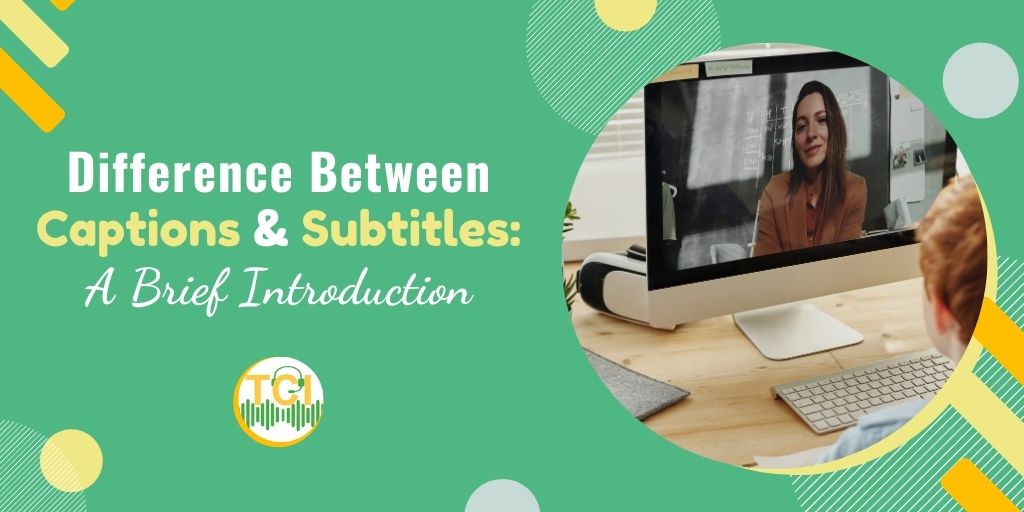⏳ New Year Sale Live — 40% OFF All Courses with code NY40 | See Pricing | Enroll Now

While the terms “caption” and “subtitle” are often used interchangeably, each has its own specific definition in the media and video production world. The main difference between captions and subtitles is that a caption can be considered as a more descriptive type of subtitle. Here's a deeper comparison of captions and subtitles.
Subtitles are text that reflects the word-for-word narration or dialogue of a video or film. They are highly useful to clarify what's being said, especially for low-volume mumbling. Another benefit of subtitles is they allow researchers to see how names are spelled.
Foreign films often use subtitles as film producers make different versions targeted for specific nations. It's a lower-cost alternative to creating multiple films for each foreign language. Instead of hiring different talent for each language, a producer can concentrate on making one film.
Captions can be considered a subset of subtitles that reflects a mix of spoken word and descriptive text. Captions are aimed at those with impaired hearing as captions include descriptions of sounds and identification of voices.
Captions are also useful for users in certain situations where noise is discouraged, such as riding on a plane or doing research in a public library. Viewers can also appreciate captions in crowded, noisy environments that drown out audio. Mobile users benefit from the text that accompanies the video because they commonly keep the audio turned off on their smartphones in public places.
Further use of captions is for searchability, as the text can be indexed by YouTube to help viewers find specific content. Once the viewer has access to the video transcript, they can read it much faster than listening to it.
Here's a quick video describing the main purpose for captions and subtitles.
Videos may offer open captions, which are always visible, or closed captions in which the user has control to turn captions on or off. In 1993, federal regulators began to require all television sets 13 inches or larger sold in the U.S. to include decoders, which allowed caption viewing. Online videos also offer open or closed captions and require a specific media player capable of displaying the text over the video.
Visual multimedia experiences give viewers options and control over how they use the content on computing devices. Modern professional videos designed for the cloud commonly use captions and subtitles. Some videos are required to provide them otherwise they potentially face penalties for discriminating against those with impaired hearing.
Multimedia producers can use voice recognition software to create captions, but it still takes a human to proofread the content to ensure it's completely accurate and synchronized with the video. Foreign languages particularly must be edited to reflect the cultural variations within the language.
Want to learn more? Check these out:
Your TRANSCRIPTION CAREER CAPSULE to Help You BOOST Your Potential
Latest Industry News, Jobs, Tips and More..

Comments are closed